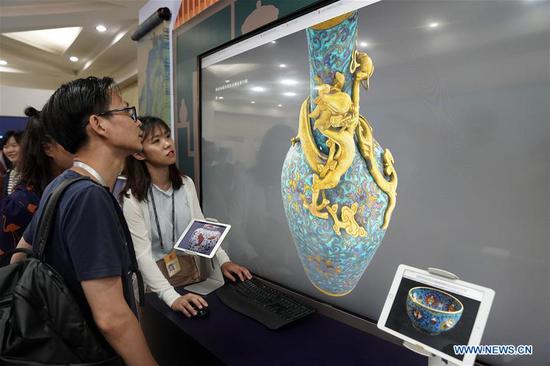The National Health Commission has released an expert consensus on gaming disorder prevention and treatment earlier this week after the World Health Organization (WHO) listed it as a new disease in late May.
The average prevalence rate, or the proportion of people found to have a gaming disorder, remains at about 5 percent of the total population, according to the consensus, warning that men and the underage are more susceptible to the disorder.
In line with the WHO definition, the consensus defined the gaming disorder as the uncontrollable and persistent playing of video and computer games to the extent that the behavior takes precedence over other interests and daily activities and continues and escalates despite dire consequences.
Video game addiction impairs people's physical and psychological health and social functioning.
The medical condition is associated with inadequate social support or interpersonal communication, poor relationships with teachers and peers, inappropriate parenting, and absence of guardians, the consensus said.
Stressing prevention as the key, the experts called for concerted efforts of family, school and society in caring for the youth and raising public awareness and urged medical practitioners to stay prudent in diagnosis and treatment.
China is home to the world's largest Internet population totaling 829 million and the market scale of online games reached 248 billion yuan (36 billion U.S. dollar) in 2018.


















































